by Steve Solot
(published in the Audiovisual Market Catalog – CineMundi CineBH Festival of Belo Horizonte 10/2013)
George Lucas & Steven Spielberg: “Studios Will Implode; VOD Is the Future” (VARIETY, June 12, 2013). This quote by two of the film industry’s leading gurus marks the current dramatic transformation in the way audiovisual content is produced, distributed and consumed. And the question is: Is Brazil and the Brazilian film/TV producer prepared to participate in this new movement?
There is no doubt that the distribution of audiovisual content is changing; the new technologies and internet now offer new tools, new release windows and new business models for the film and TV industries. VOD is, in reality, a new “exhibition window” for films, but unlike home video or even pay TV, it depends exclusively on the Internet, and thus transcends all borders and geographic limitations. VOD represents a new outlet for films and television series, and thus, yet another possibility to monetize the content and recoup investment in production, as well as to reach an infinite number of new audiences on multiple platforms.
VOD is in its infancy in Brasil, but is growing rapidly. According to the Dataxis survey released in July 2013, Brazil accounts for 50% of the VOD market in Latin America. There are currently 1.1 million VOD users in Brasil, but this figure is expected to reach 13 million in 2017.
How can Brazil and the Brazilian film and TV producer take advantage of the new opportunities offered by VOD? One thing is certain, any producer who does not include VOD licensing into the film/TV business plan and distribution/marketing strategy is risking missing important opportunities.
There are many variations of VOD services, but all of them may be grouped into three general categories:
• Transactional (such as iTunes): The content can only be watched after making the corresponding payment;
• Subscription (such as Netflix): The consumer pays a monthly fee for consumption of unlimited content.
• Advertising-based (such as Sony-Crackle): The audiovisual content is free over the internet and includes advertising which must be viewed prior to the content.
The principal technologies employed are:
• Streaming: the act of playing media in real time on one device when the media is saved on another. A streaming file is never saved on your device and content cannot be copied. Typically, it is best to have an internet connection of at least 2 megabits per second (Mbps). HD video may require over 3 Mbps so the video doesn’t not have to pause as it buffers.
• Downloading: the device (usually a computer) connects to the source of the file, then copies and saves it to a hard drive. The content can be copied or moved to other hard drives, unless it is a copyright-protected file. Usually, it is necessary to wait until the download is complete before viewing. Some services, like iTunes, allow viewing the content while downloading.
Both technologies employ DRM (Digital Rights Management) or intellectual property rights technologies to protect the content.
On August 27, in partnership with the Interstate Film Producer Union (Sindicato Interestadual da Industria Audiovisual-SICAV) and the Brazilian Association of Independent Television Producers (Associação Brasileira de Produtores Independentes de Televisão-ABPITV), the Latin American Training Center-LATC (Centro Latinoamericano de Treinamento e Assessoria Audiovisual) organized the first seminar on VOD in FIRJAN aimed at informing Brazilian producers about the opportunities and challenges of the VOD technologies and business models. The principal conclusions of this seminar were:
• VOD offers a new opportunity and window for producers to license all types of content: films, TV series, documentaries, etc., and can reach international markets instantly;
• Producers need to understand the VOD sector in order to know how to monetize their content and make intelligent decisions about licensing their films and TV series;
• Contracts with VOD services do not have to be exclusive and licensing agreements for a large number of titles offer better negotiating conditions;
• Different VOD services work with different encoding houses to digitalize the content.
• The specifications for encoding are strict and require high quality production formats, and the encoding process of the content may cause long delays before it is accepted.
• Most VOD services use aggregators to acquire content in Brasil and other markets.
• Some services (such as Amazon Prime) allow producers to upload content and artwork directly.
• Some alternatives to conventional VOD services are: Distribber, and a technology to embed the VOD title in the producer’s website available with Distrify and Watchbox.
However, there is a great concern about the regulatory framework in Brasil for emerging VOD services. Two of the greatest benefits of VOD are:
1) VOD is a tool for social inclusion which allows public everywhere to access national and international content at low cost and without intermediaries.
2) VOD is an anti-piracy tool because it makes audiovisual content accessible legally at a very low cost, and competes with inexpensive pirate content.
However, growth of VOD in Brasil may be limited if the federal government does not allow for its development. As discussed in the VOD Seminar in August, Resolution IN 105, (Instrução Normativa n.º 105) published by Ancine (Agencia Nacional de Cinema) in July 2012, applies the tax known as Condecine to the VOD sector. This fixed, per title, tax was originally established in MP 2228-1 in 2001 when VOD did not exist. The tax is R$3.000 for feature films and R$750 per TV episode. It has been argued that this tax could prevent development of the VOD sector in Brasil, since the VOD business model is based on the “long-tail” theory of acquiring and offering a very large number of titles at low cost. The Condecine tax would increase the cost of providing audiovisual content and could “kill” the VOD business in Brasil before it even matures.
Clearly, the VOD sector offers important benefits and challenges to the Brazilian producer of audiovisual content. Cinema and audiovisual expressions are the reflection of Brazilian cultural essence, and the potential of growth and expansion of the audiovisual industry offered by the new VOD technology represent an enormous opportunity which should not be lost.




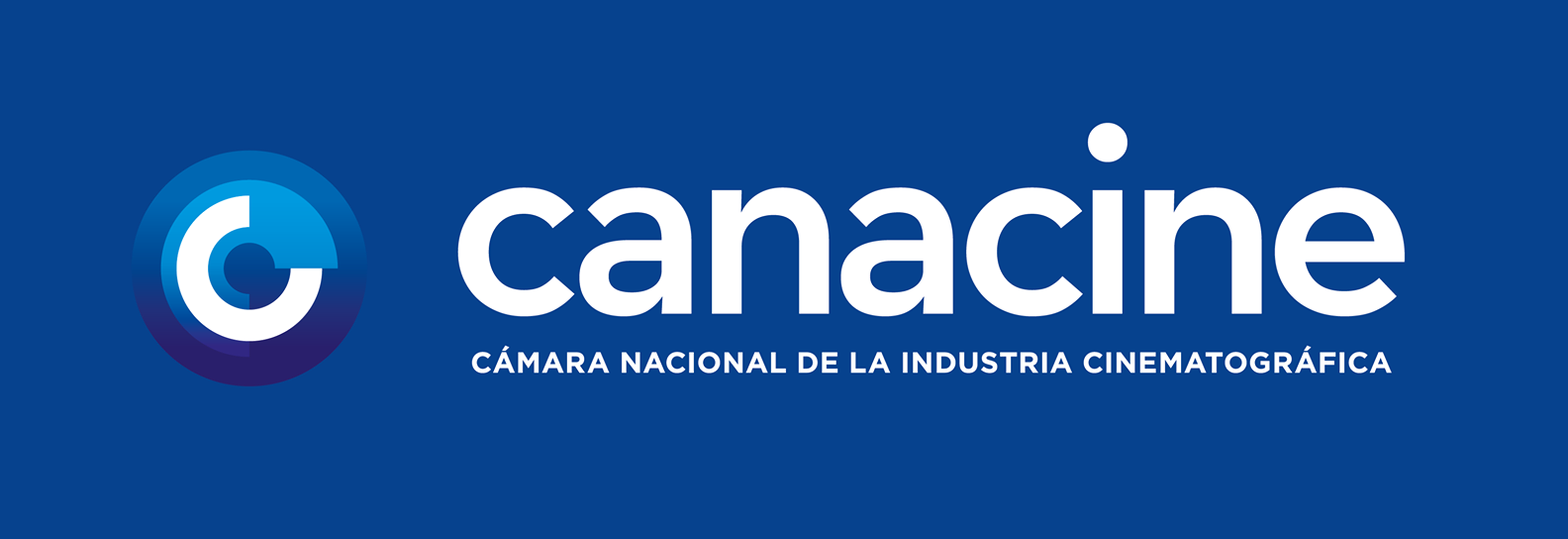

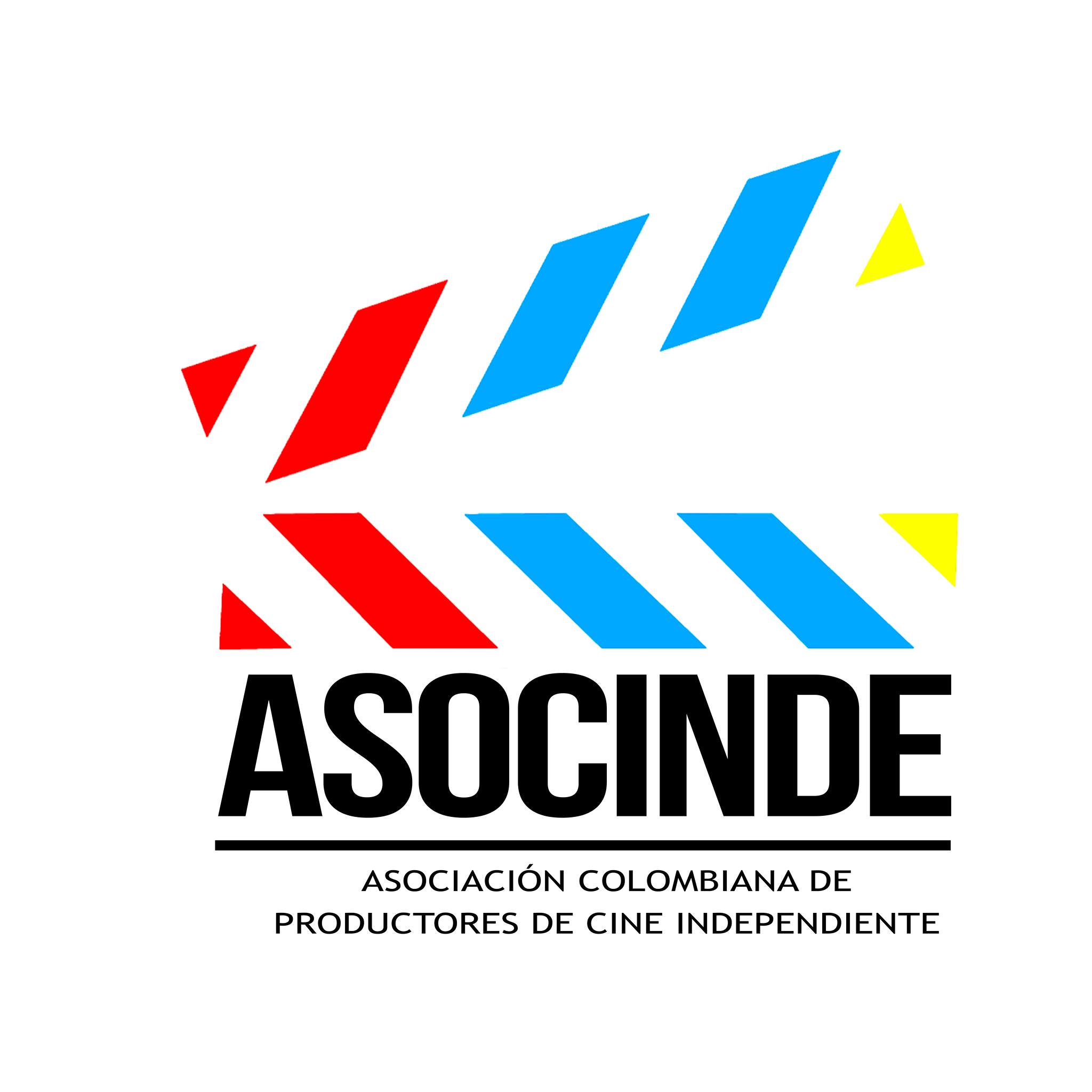
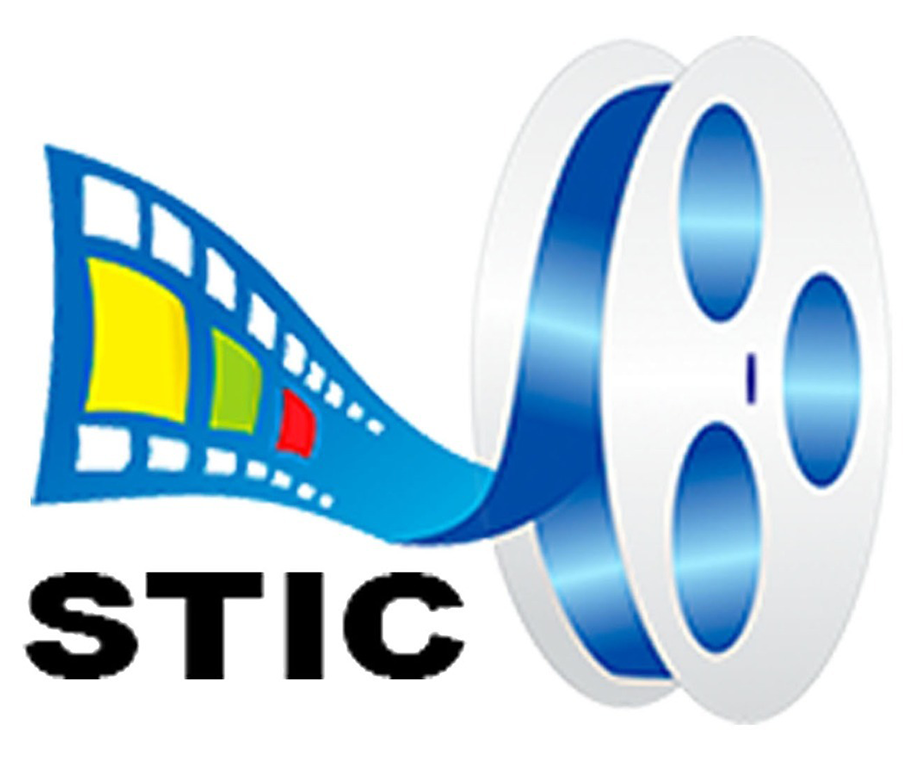
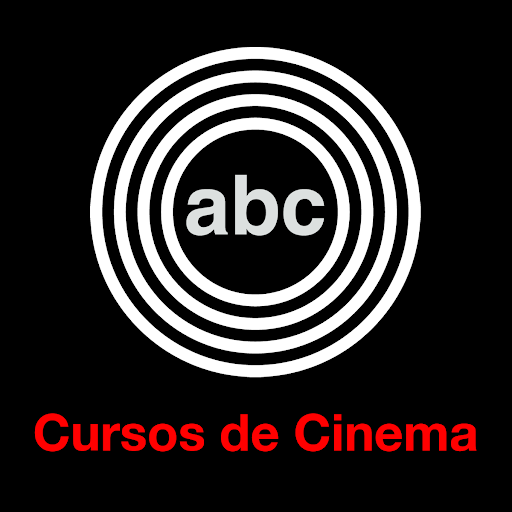
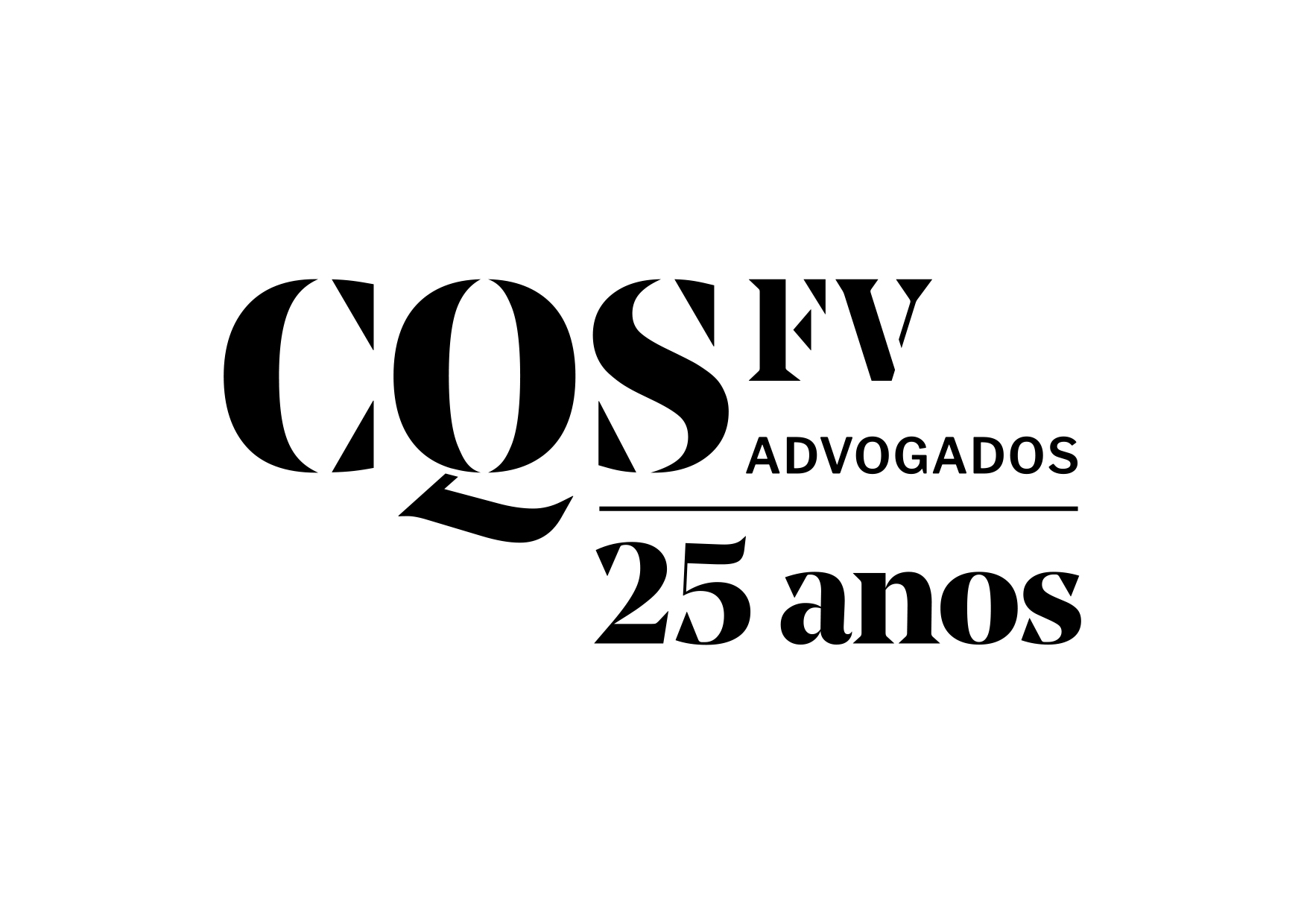



Good